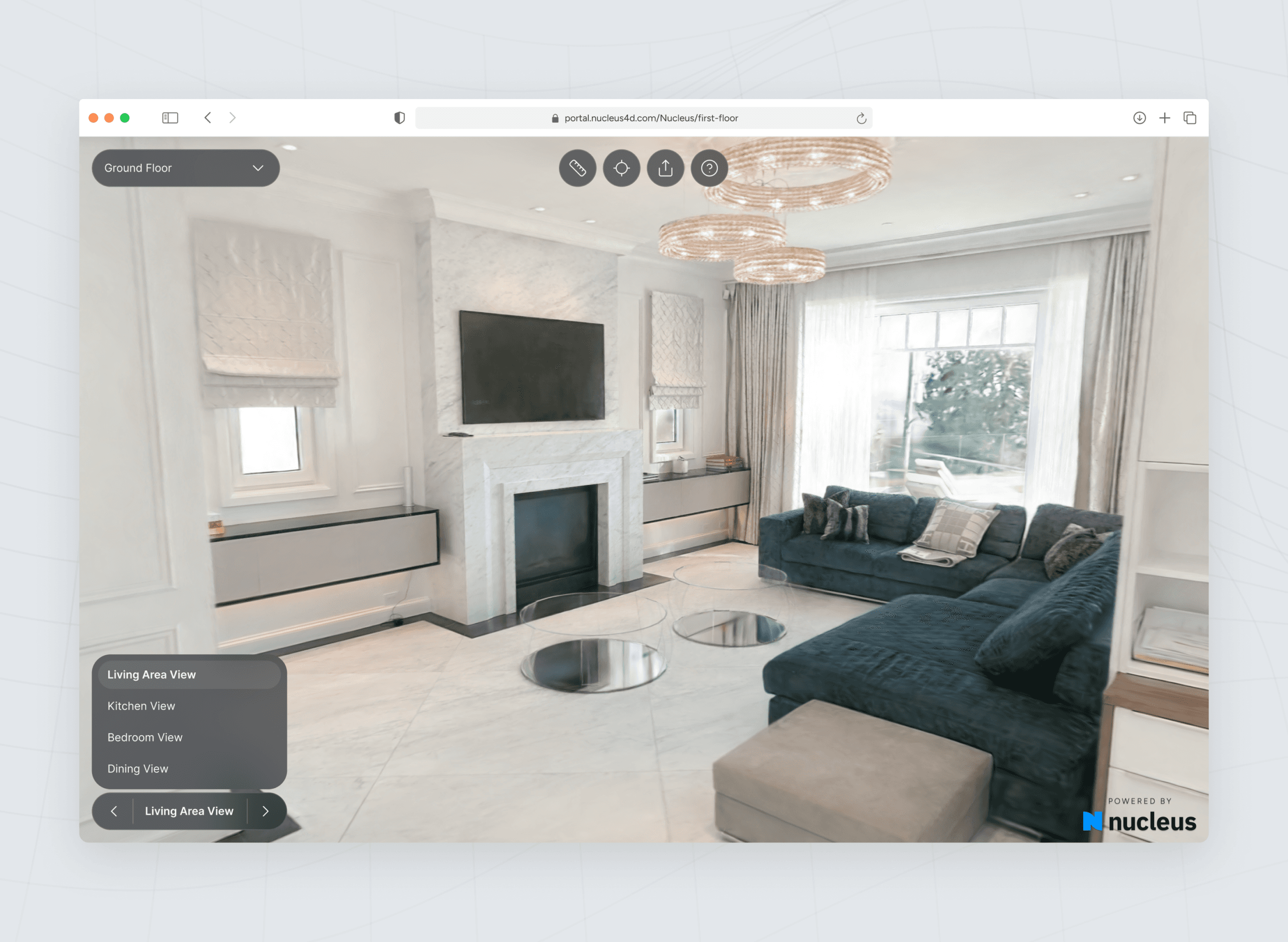
Michael Rubloff
May 15, 2023
Getting a clean NeRF can be a ton of trial and error; one of the hardest questions is what are the best camera settings to take a NeRF?
This article will attempt to bring some clarity to the question and hopefully get you cleaner NeRFs!
What shutter speed do I use for NeRF?
Shutter speed is the most important setting to optimize for when taking a NeRF. The most damaging thing that can be done with capturing a NeRF is introducing motion blur. From those that I've spoken with, the slowest setting they recommend is 1/500th of a second. However, from my tests, I have gone as slow as 1/100th of a second pending on what it is you're trying to capture.
Additionally, if you shoot with a lower shutter speed, you can manually troubleshoot by going through and culling each photo in the dataset that has blur. I would highly recommend doing this prior to processing a NeRF. It makes a huge difference and doesn't take nearly as long as you might imagine. This is also dependent on the focal length of the lens that you are using as well as whether or not you are using additional stabilization.
If I am shooting a product or an inanimate object, I believe that I am just solving for for my own hand shake as the camera operator. Whereas, when I am taking a NeRF of another human, I have to take their movement into consideration in addition to my own as the operator and this causes me to shoot at a faster shutter speed.
What Aperture do I use for NeRF?
For most NeRFs, I would recommend shooting as closed as will allow, without sacrificing shutter speed. It is also important to take into consideration what your focal length is here, as you can get away with a larger aperture, the wider your focal length. That said, I would not recommend going any lower than f3.2, even on a fisheye lens. I have gotten mixed results at best with f2.8 and would rather push my ISO higher to allow for a smaller aperture.
You want to think about shooting as if you were taking a landscape image rather than a portrait with a ton of bokeh. The type of lens you are using to capture the NeRF can go a long way in helping this out too. Ideally, I would have my lens sit between f8 and above.
The iPhone naturally produces a really deep depth of field, which goes a long way in getting a clean capture. I will be doing an article about using an iPhone or other mobile phones as a capture source, but the short of it is that the iPhone is an amazing option for NeRF capture.
What ISO do I use for NeRF?
From the first two points, it's obvious that I'm not allowing a ton of light into the camera. To compensate for this, we look to ISO. Traditionally, in photography raising your ISO to high levels will introduce a ton of grain. From my experience, traditional photography laws do not apply here. Typically, shooting higher yields grainy images, but because so many images are being used, you don't run into the typical drawbacks of ISO.
When I shoot a NeRF manually, I crank up my ISO way up.
I have gotten very clean NeRFs shooting in excess of 1000 and will find myself cranking it up as high as 3200 to get faster shutter speed and a deeper depth of field. I am planning on doing some more tests with a very high ISO, but my photography background makes me cringe every time I consider it. It really shouldn't be a problem though. Put your ISO up.
What's the best Camera Settings for Neural Radiance Fields (NeRF)?
So all of those individually are great, but how do they work together? In a best case scenario, I would recommend the following settings:
Shutter Speed: 1/500th of a second
Aperture: F11
ISO: 800 (Ideally, it would be 100, but you probably are going to need to be shooting mid day outdoors in bright light to get that)
These are primarily going to be achieved in an outdoor environment, but NeRFs are surprisingly resilient in low light. In addition to these principles, your NeRFs will greatly benefit from using a particular focal length lens. More to come on that in a future article.
Please don't take these suggestions as gospel. I am only sharing what has worked well for me thus far. Do experiment with different settings and see what yields the best results for you.







